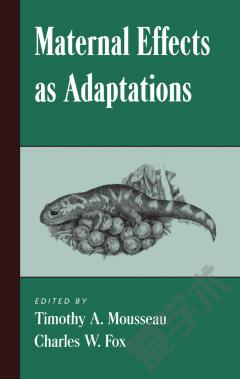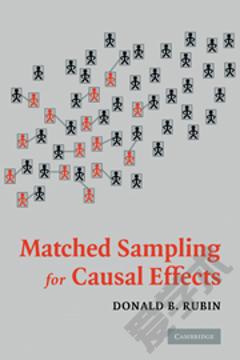Maternal Effects As Adaptations
Mothers have the ability to profoundly affect the quality of their offspring--from the size and quality of their eggs to where, when, and how eggs and young are placed, and from providing for and protecting developing young to choosing a mate. In many instances, these maternal effects may be the single most important contributor to variation in offspring fitness. This book explores the wide variety of maternal effects that have evolved in plants and animals as mechanisms of adaptation to temporally and spatially heterogeneous environments. Topics range from the evolutionary implications of maternal effects to the assessment and measurement of maternal effects. Four detailed case studies are also included. This book represents the first synthesis of the current state of knowledge concerning the evolution of maternal effects and their adaptive significance.
{{comment.content}}








 京公网安备 11010802027623号
京公网安备 11010802027623号